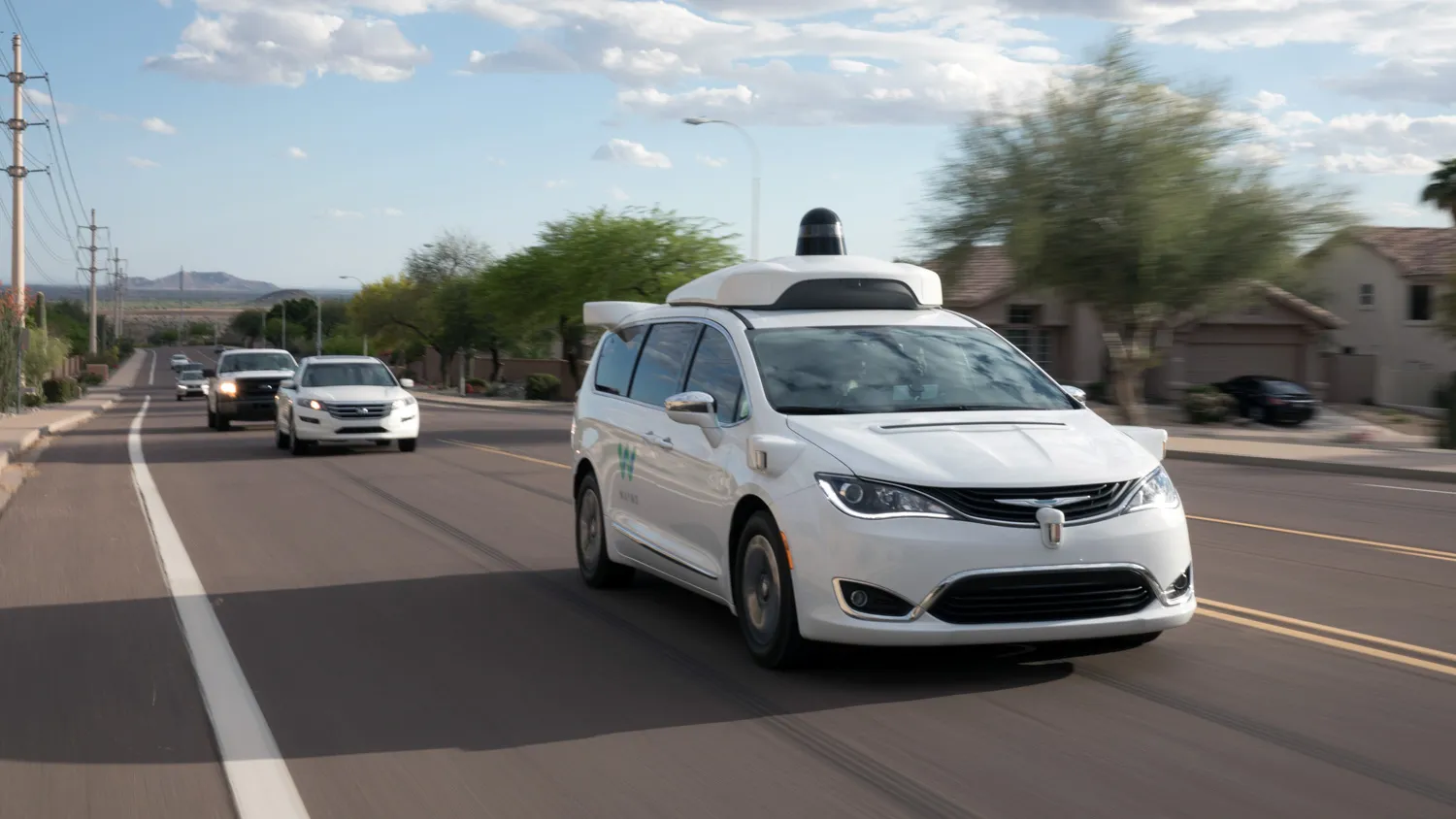In the US city of Philadelphia, a new programme of red light camera installation is helping cut crashes. The Philadelphia Parking Authority (PPA) has equipped 24 intersections throughout the city with cameras that monitor traffic and automatically photograph vehicles that drive into an intersection after the light has turned red. The PPA has shot a video of this programme, showing how this will cut crashes and also save drivers from being fined. Each fine costs drivers US$100 but the main goal of this progr
March 13, 2013
Read time: 2 mins
In the US city of Philadelphia, a programme of red light camera installation is helping cut crashes. The 7218 Philadelphia Parking Authority (PPA) has equipped 24 intersections throughout the city with cameras that monitor traffic and automatically photograph vehicles that drive into an intersection after the light has turned red. The PPA has shot a video of this programme, showing how this will cut crashes and also save drivers from being fined. Each fine costs drivers US$100 but the main goal of this programme is to boost safety. Revenue from the program goes to the Pennsylvania Department of Transportation (PennDOT), which then distributes the money evenly between the city of Philadelphia and the state through grants for transportation projects.
The first cameras were installed at Grant Avenue, Red Lion Road and Cottman Avenue along Roosevelt Boulevard. Since the program's inception, cameras have also been installed at 34th Street and Grays Ferry Avenue, Broad Street and Oregon Avenue, Broad Street and Hunting Park Avenue, 58th and Walnut Streets, Broad and Vine Streets, Broad Street and South Penn Square, Broad Street and John F. Kennedy Boulevard around City Hall, Henry Avenue and Walnut Lane, Rising Sun and Adams Avenues, Aramingo Avenue and York Street , Aramingo and Castor Avenues, and Lindbergh Boulevard and Island Avenue. There are also cameras at Welsh, Southampton, Mascher, Levick, Rhawn and 9th Streets along Roosevelt Boulevard. The most recent red light camera intersections are located at Academy Road and Grant Avenue, Woodhaven and Knights Roads, and Bustleton Avenue and Byberry Road. Philadelphia's Red Light Camera Program was recently extended until 2017.
The first cameras were installed at Grant Avenue, Red Lion Road and Cottman Avenue along Roosevelt Boulevard. Since the program's inception, cameras have also been installed at 34th Street and Grays Ferry Avenue, Broad Street and Oregon Avenue, Broad Street and Hunting Park Avenue, 58th and Walnut Streets, Broad and Vine Streets, Broad Street and South Penn Square, Broad Street and John F. Kennedy Boulevard around City Hall, Henry Avenue and Walnut Lane, Rising Sun and Adams Avenues, Aramingo Avenue and York Street , Aramingo and Castor Avenues, and Lindbergh Boulevard and Island Avenue. There are also cameras at Welsh, Southampton, Mascher, Levick, Rhawn and 9th Streets along Roosevelt Boulevard. The most recent red light camera intersections are located at Academy Road and Grant Avenue, Woodhaven and Knights Roads, and Bustleton Avenue and Byberry Road. Philadelphia's Red Light Camera Program was recently extended until 2017.










